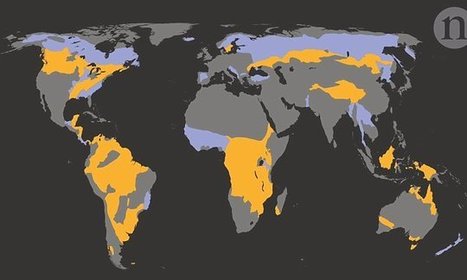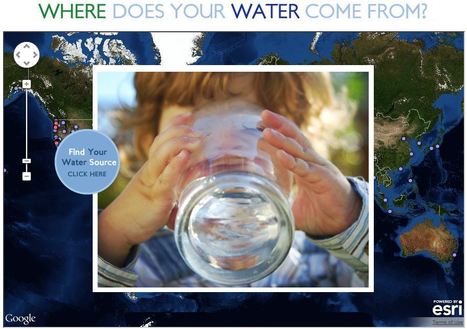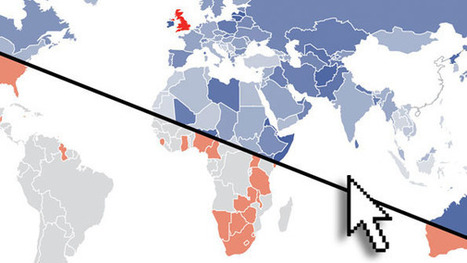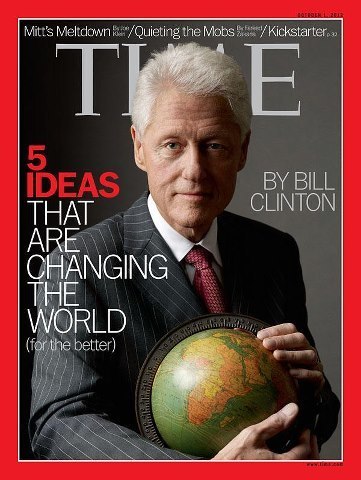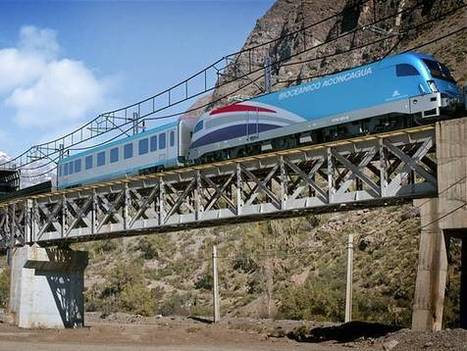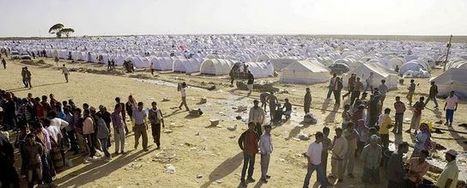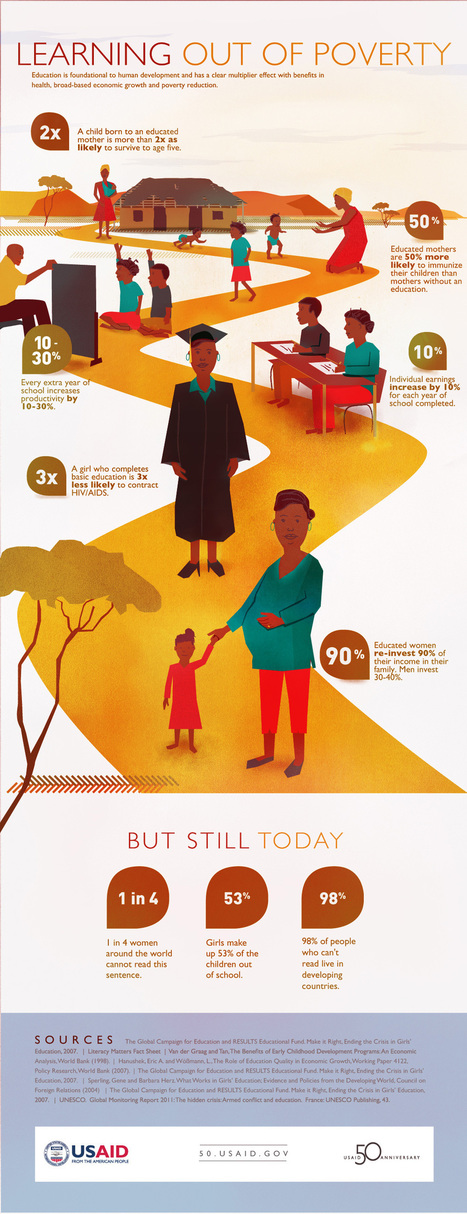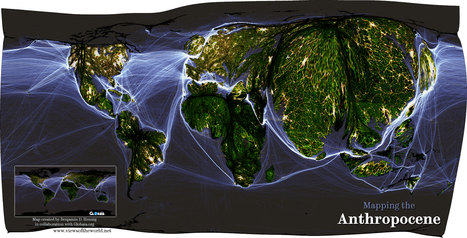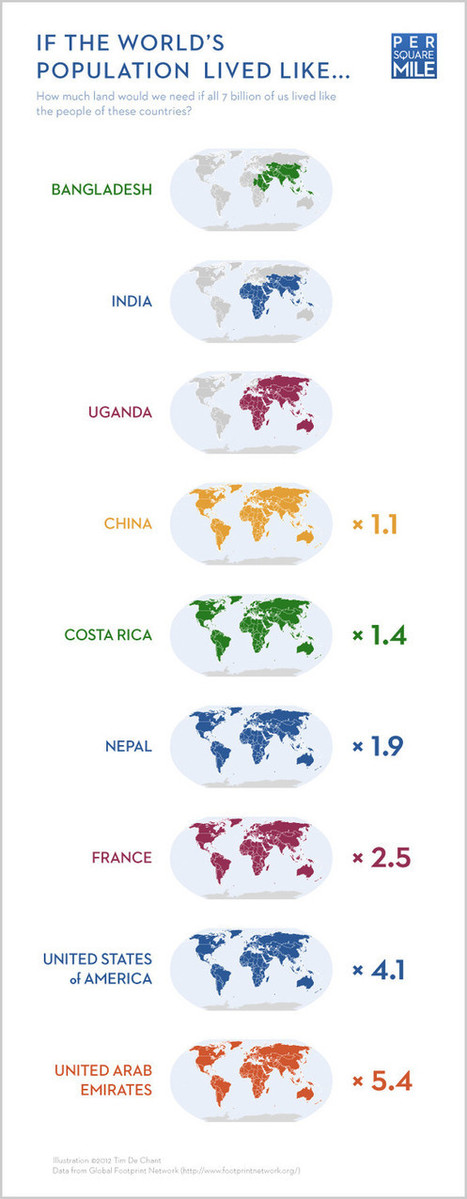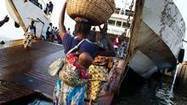Academics Richard T.T. Forman and Jinguo Wu mapped out areas around the world that would best accommodate the expected surge in population.
Get Started for FREE
Sign up with Facebook Sign up with X
I don't have a Facebook or a X account
 Your new post is loading... Your new post is loading...
 Your new post is loading... Your new post is loading...
Lona Pradeep Parad's curator insight,
May 29, 2014 11:38 AM
How fb has made physical distance obsolete, connecting cultures to different cultures on a global scale.
Wilmine Merlain's curator insight,
December 18, 2014 4:00 PM
Africa has an advantage as being one of the youngest continent in the world. With child innovative projects such as this, in the near future, these kids will be able to compete with the rest of the world on a global spectrum. They are not bound by their circumstances but are finding new ways to create a better future for themselves
Matthew Richmond's curator insight,
November 4, 2015 7:42 PM
Rescooped from Professor Dixon. Human's really are incredible. This is a pretty cool excerpt on a homemade tool in Africa. It also points out the extreme poverty they live their day to day lives with. 
Martin Kemp's curator insight,
December 17, 2015 2:54 PM
see this is how the world should be, making the best out of a situation and not just complaining about how you dont have toys, make a toy and enjoy it. also, i probably would not have been able to make that. |
Mark Hathaway's curator insight,
October 1, 2015 8:19 AM
If this project can be accomplished, it would truly be one of the greatest engineering feats in human history. To build a railroad tunnel through the Andes mountains seems impossible, but in all likelihood with the right amount of funding, it can be done. The tunnel would have great economic benefits for both Brazil and Argentina. Goods from both countries could be shipped in both directions with out any issues. The larger world would also benefit from the train tunnel. It is estimated that the tunnel would lower the shipping costs from East Asia to the Southern Atlantic. The entire global trading market would benefit from this development.
Adam Deneault's curator insight,
December 7, 2015 12:44 PM
Doing something such as this is a brilliant move in engineering. Making a tunnel through the Andes will connect countries together, make shipping much easier and doing so may cut the cost of goods being shipped and received. Just like the Panama Canal increased the cargo freight lining industry for shipping, this will also increase an industry for railways,.

Matt Danielson's curator insight,
September 29, 2018 5:18 PM
This is a massive construction project, probably the largest and most expensive project undertaken in South America since the Panama Canal. This would be a joint venture between a few countries with construction mainly taking place in Argentina's Andes mountains. This would make trade far cheaper in South America by opening up a new passage through the mountains instead of over them(which are impassable in winter snows) or around the southern tip of the continent ( which is a much farther journey). This would make the transportation and hence cost of goods drop drastically making them more widely available to the people. At the same time this would greatly open access to Asian markets and products. Overall it is my personal belief that this railway could help to bring prosperity to Suth America.

Mr Ortloff's curator insight,
January 22, 2013 12:20 AM
Good source for stats on non-voluntary migrants.

Fiqah Nasrin's curator insight,
January 27, 2014 8:37 AM
From this article i get to know that a child who born to an educated mother will benefit more than a child who born to mothers without an education. Quite a number of women in the world are without a proper education. Is it fair to women without a proper education to be condemn to be told that their child will do poorly rather than a child of an educated mothers. Their child would eventually suceed through hard work and support from their family.
Zemus Koh's curator insight,
January 27, 2014 10:11 AM
From this infographic, I can see the importance of education and how it can impact us in our lives. Education is key as it can help us in many ways such as being able to teach our offspings survival skills and also help us to earn more so that we can bring up a family and support them. However important education is, it still comes with a price. As such, many are deprived of this oppurtunity to be educated even though education is somewhat considered a neccessity. Other benefits of education to women include a lesser chance of contracting STDs and also having a higher chance to immunize their children compared to non-educated women. Since education is a key to survival and an important part in our lives, why is it that no effort is made to promote this or to fund more projects that help the less fortunate to get a chance to be educated? 
Fiqah Nasrin's curator insight,
February 23, 2014 7:28 AM
This article tells me that a child who born to an educated mother will benefit more than a child who born to mothers without an education. Quite a number of women in the world are without a proper education. Is it fair to women without a proper education to be condemn to be told that their child will do poorly rather than a child of an educated mothers. Their child would eventually succeed through hard work and support from their family. It stated that most children who drop out from school are girls and most of the people cant read live in developing countries. In this century i am sure that proper education are given to those who could not afford it as everyone want to succeed. I think that it does not matter if a child's mother is without an education as they can succeed if they work hard and opportunity is given to them.

Aliah Therese's curator insight,
April 3, 2016 9:48 AM
I Its not just artists that reach struggle with certain issues. |




